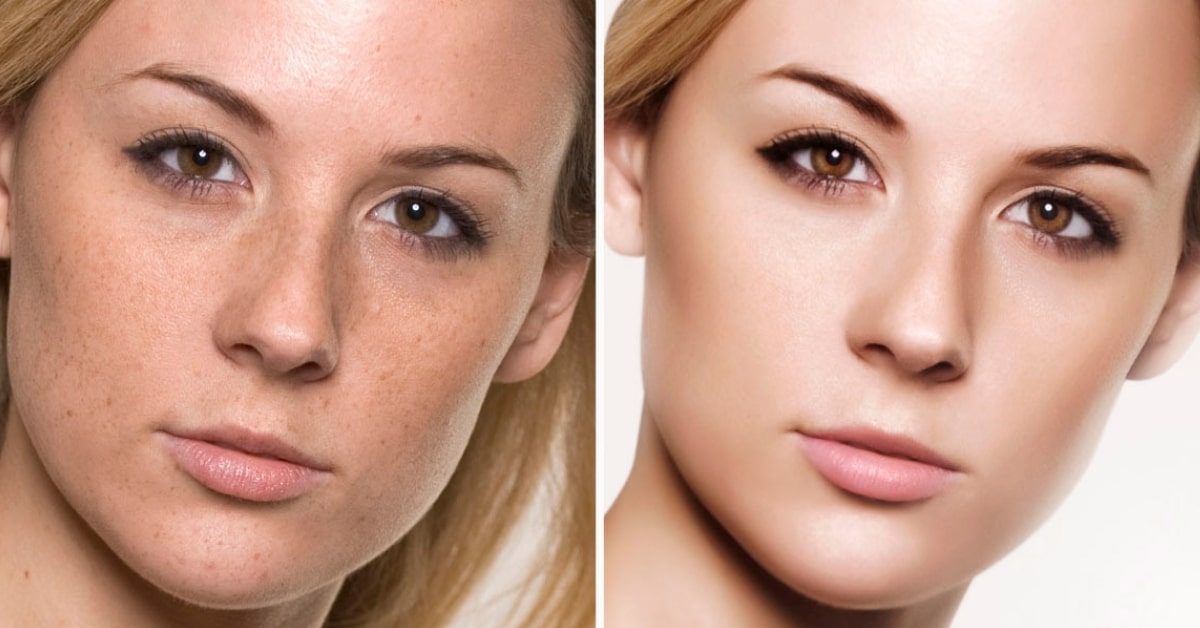In the realm of digital imaging and visual storytelling, high-resolution retouching images hold the key to creating stunning visuals with exceptional detail and clarity. This meticulous process involves enhancing and refining images to a high level of precision, catering to diverse industries and creative pursuits. Let’s delve into the significance, advantages, techniques, and considerations associated with high-resolution retouching images.
Significance of High-Resolution Retouching Images
High-resolution images are prized for their sharpness, clarity, and ability to convey intricate details. Whether it’s in fashion, product photography, advertising, or personal portraits, high-resolution retouching elevates images to a level where every aspect is crisp and visually captivating.
Benefits of High-Resolution Retouching Images
- Unmatched Detail: High-resolution retouching allows for the enhancement of minute details, ensuring images are rich in clarity and texture.
- Visual Consistency: Retouching at higher resolutions maintains consistency across various platforms and print media, ensuring the quality remains uncompromised.
- Enhanced Printing Quality: Images retouched at higher resolutions translate into sharp and vivid prints, ideal for marketing materials, catalogs, and large-scale displays.
- Professional Aesthetics: High-resolution retouching contributes to a professional and polished appearance, enhancing the overall visual appeal of images.
Key Techniques in High-Resolution Retouching Images
- Detail Enhancement: Sharpening fine details, textures, and edges without compromising the natural look of the subject.
- Color Correction: Adjusting colors, tones, and hues to ensure accurate and consistent representation across the image.
- Skin Retouching: Refining skin tones, removing blemishes, and enhancing facial features while maintaining a natural look in portrait photography.
- Background Refinement: Cleaning up backgrounds, removing distractions, and ensuring a seamless backdrop for the subject.
Considerations for High-Resolution Retouching Images
- Image Quality and Resolution: Starting with high-quality, high-resolution images is crucial for effective retouching without loss of quality.
- Client Specifications: Understanding and adhering to the specific requirements and preferences of clients or projects.
- Balance and Realism: Striking a balance between enhancing details and maintaining a natural and realistic appearance in the retouched images.
Process of High-Resolution Retouching Images
- Image Assessment: Review the quality and resolution of images to ensure they meet the standards for high-resolution retouching.
- Retouching and Refinement: Employing advanced editing techniques to enhance details, colors, and overall visual aesthetics while maintaining the integrity of the image.
- Quality Assurance: Meticulously reviewing retouched images to ensure they align with client specifications and quality standards.
- Final Delivery: Providing the finalized high-resolution retouched images in the preferred format, ready for various uses across digital and print media.
FAQs
What is the ideal resolution for high-resolution retouching?
For optimal results in high-resolution retouching, images with a resolution of 300 DPI (dots per inch) or higher are often recommended for print media.
Can high-resolution retouching improve the quality of low-resolution images?
While high-resolution retouching can enhance certain aspects of low-resolution images, it cannot completely restore lost details or sharpness inherent in low-quality images.
How long does high-resolution retouching typically take?
The time required for high-resolution retouching varies based on factors such as image complexity, the extent of editing required, and the retouching service provider’s turnaround time.
Are there specific file formats preferred for high-resolution retouched images?
Commonly used file formats for high-resolution retouched images include TIFF, PSD, and JPEG (at maximum quality settings) to preserve image quality and compatibility.
Conclusion
High-resolution retouching images unlock a world of clarity, detail, and visual excellence, catering to diverse needs across industries and creative endeavors. By leveraging advanced editing techniques and a meticulous approach, these retouched images stand as captivating visual assets that leave a lasting impression.
This page was last edited on 25 February 2024, at 11:57 am
